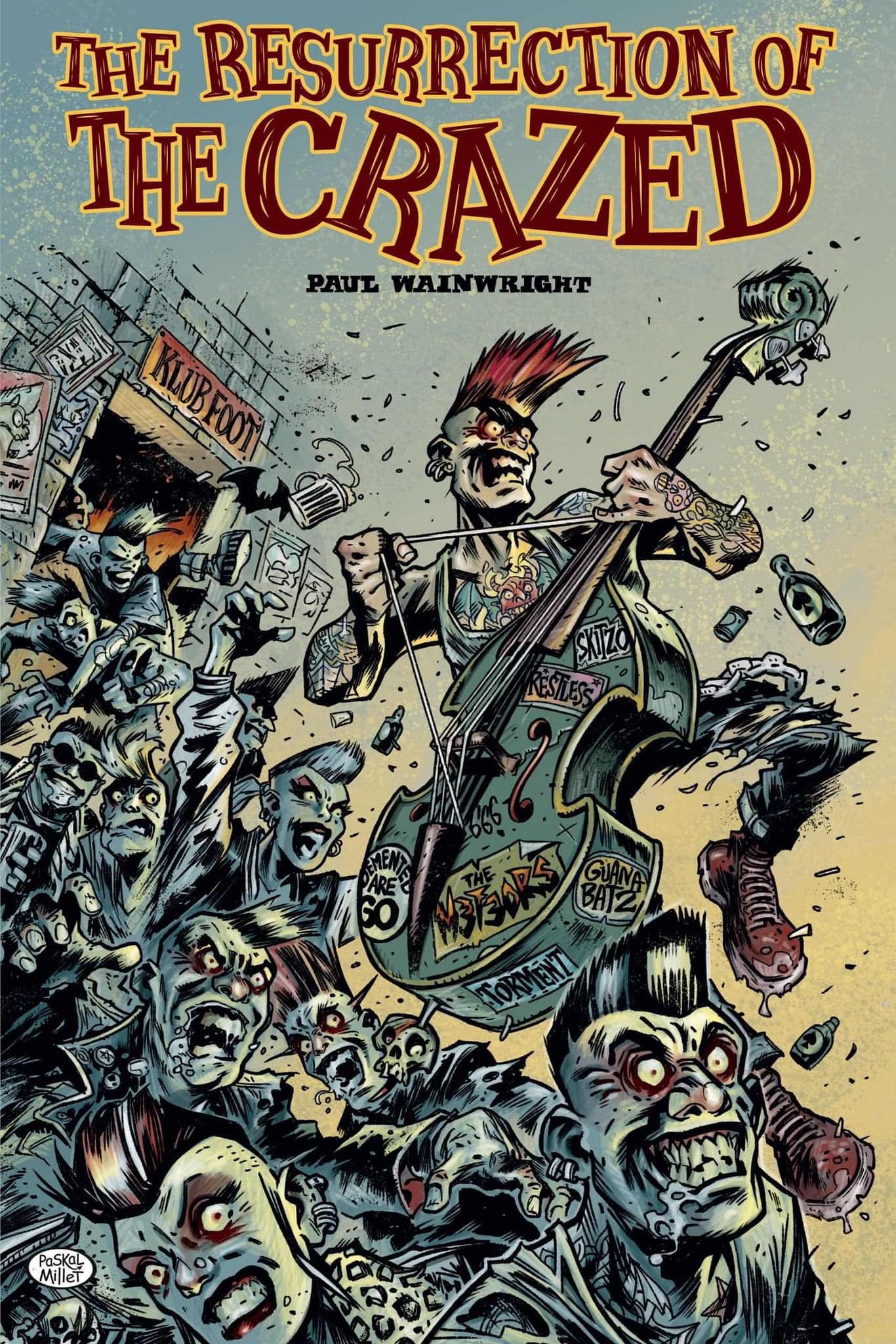I’ve been mastering the new record for days, which means you have to listen to the songs all the time. It will probably be different than many people expect. The last 2 years have been extremely intense for me. Also very different from what I expected. And I also know that I’ve disappointed a lot of people. But that also means that many people expect something from me. Which also makes me proud. I do things out of a feeling, I don’t calculate anything. Maybe it really is cowardice or maybe it’s just honesty, I’m not sure either. But what will certainly be honest is the new album and that’s what counts for me. That’s what I do.
…and now the cover artwork. normally i make a hundred designs and then decide… for the ugliest



